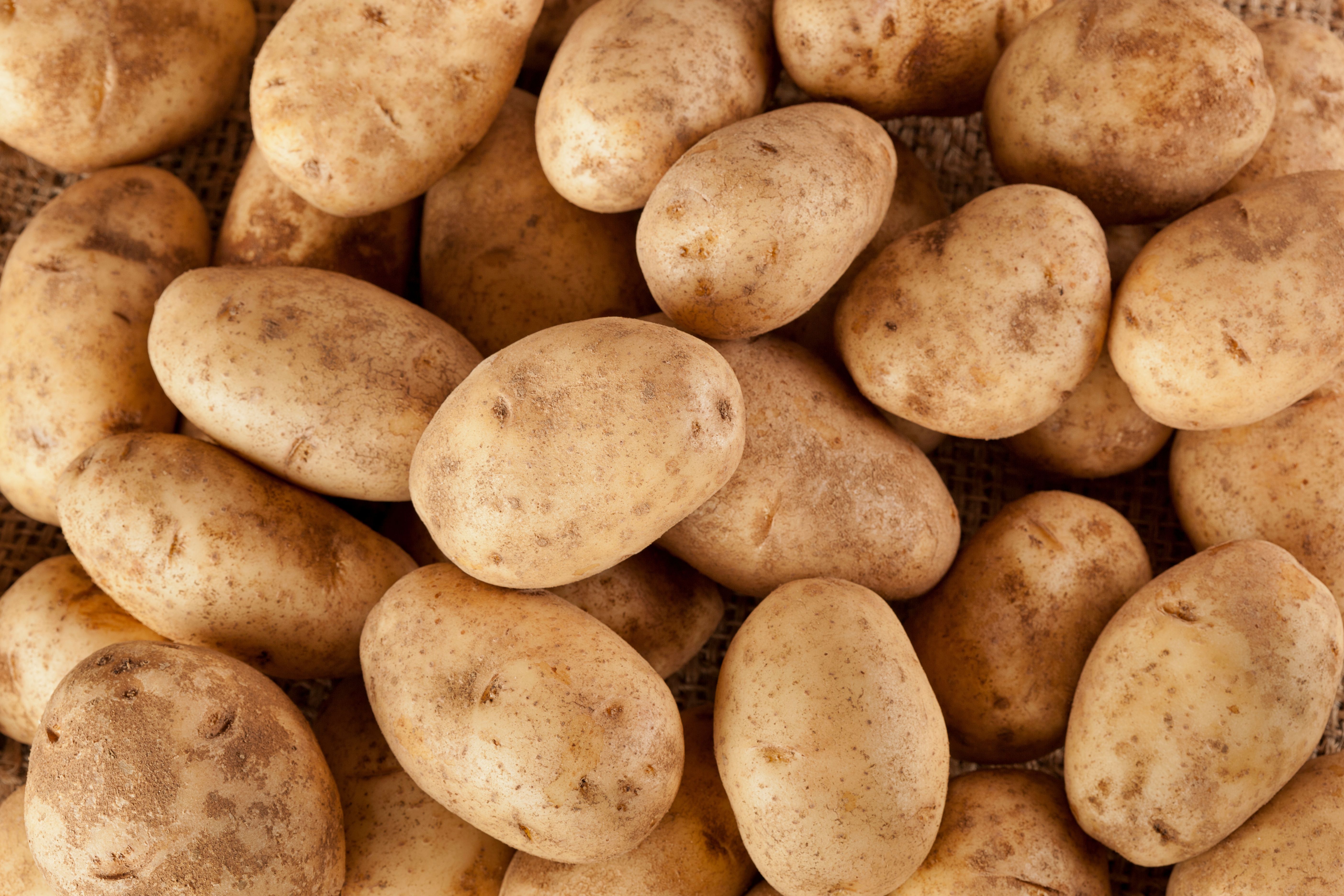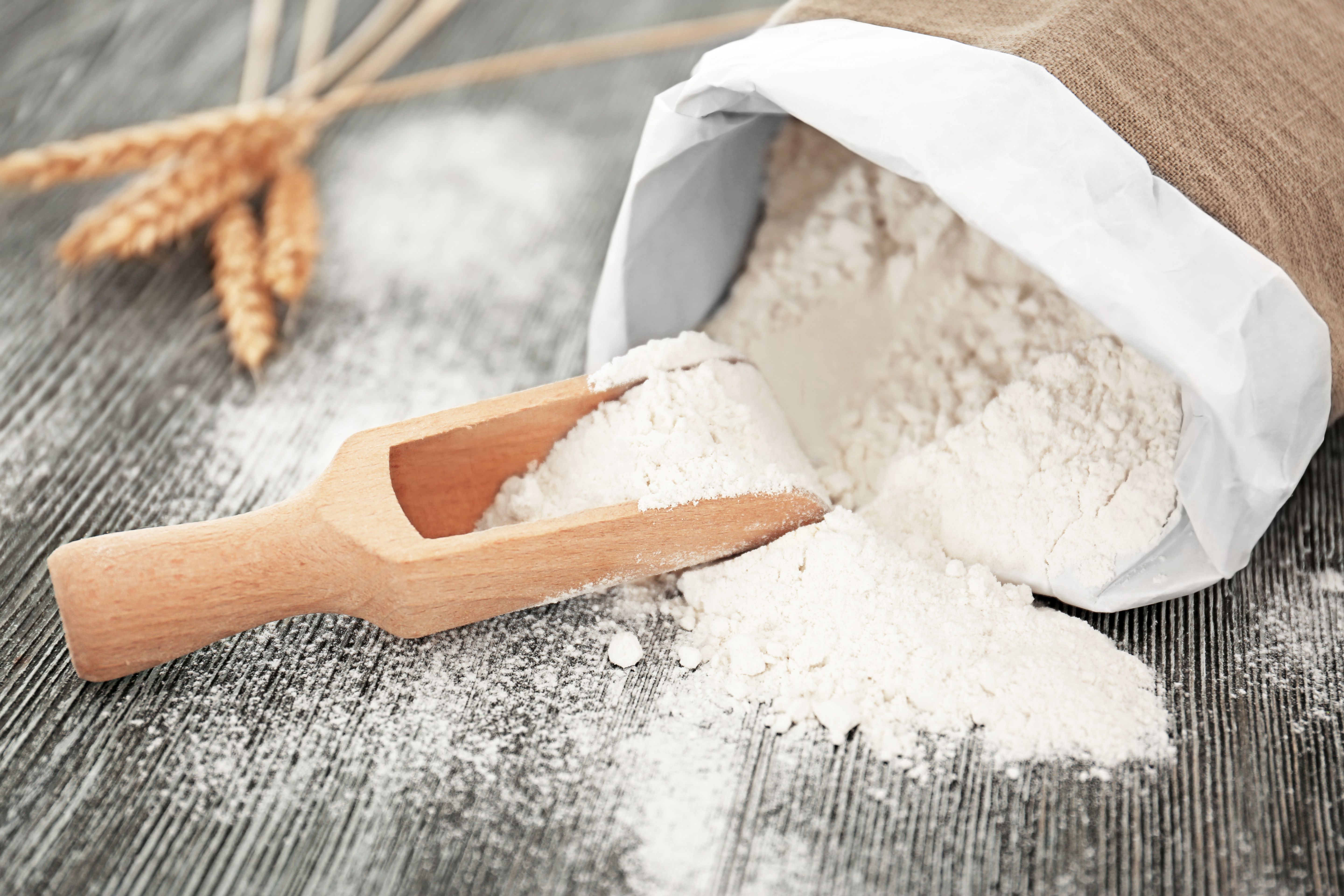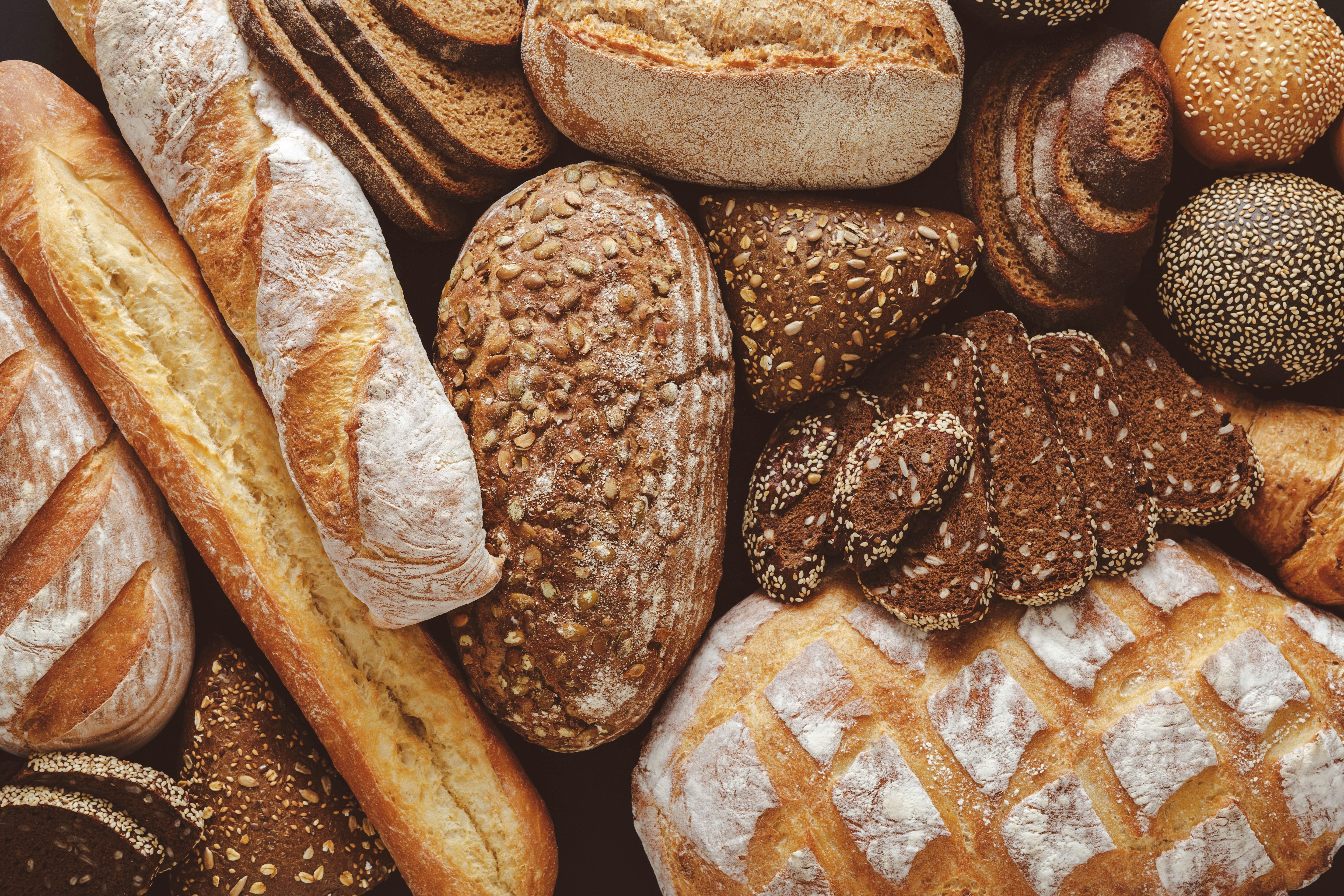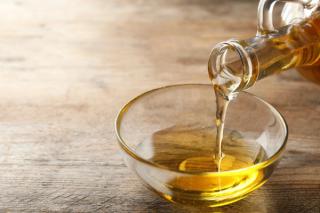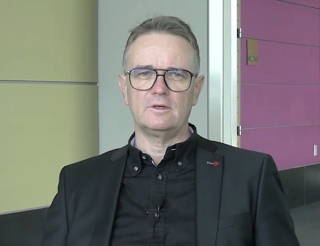
Food and Beverage Analysis
Latest News
Latest Videos

More News

A recent study investigates microplastic contamination in beverages sold in South Africa, exploring whether it impacts alcoholic and non-alcoholic beverages more directly.

A review article from researchers at Liaocheng University explores the challenges of applying vibrational spectroscopy techniques to food authentication.

A new study reveals that resveratrol binds to peanut protein arachin through hydrophobic and hydrogen-bond interactions, enhancing protein stability and offering valuable insights for developing functional peanut-based food products.
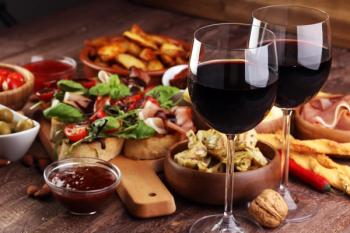
A recent study explored a novel approach to analyze ancient food and wine residues using FT-IR spectroscopy.

A recent study proposed and tested a new approach for monitoring the nutritional quality of orange juice.

A recent study conducted by researchers from the Taiyuan University of Technology (China) explored a new way to detect pesticide residues at very low levels.

A new study demonstrates that infrared spectroscopy combined with chemometric modeling offers a fast, cost-effective way to classify plant-based milk alternatives and detect compositional variability, particularly in almond beverages.

A new study highlights terahertz (THz) metamaterials as a promising non-invasive, highly sensitive technology for improving food safety testing in agriculture.
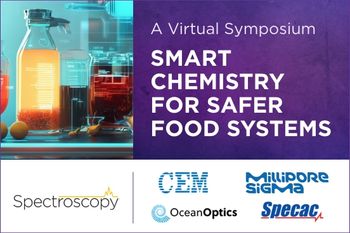
Webinar Date/Time: Wednesday, September 17, 2025 Morning Session: 10:00 AM EST | 7:00 AM PST | 3:00 PM BST | 4:00 PM CEST Afternoon Session: 1:00 PM EST | 10:00 AM PST | 6:00 PM BST | 7:00 PM CEST

Researchers at the National Institute of Technology Rourkela have developed a highly accurate machine learning-assisted FT-IR spectroscopy method to detect and quantify sawdust adulteration in coriander powder, offering a fast and scalable solution to enhance food safety and authenticity.

A new study reveals that anthocyanin-rich fruit extracts degrade rapidly under sunlight but remain most stable in cold, dark storage.
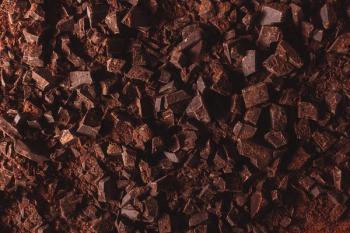
Researchers have developed a fast, chemical-free method using near-infrared spectroscopy to accurately analyze the quality of dark chocolate, offering a sustainable alternative to traditional testing techniques.

Researchers at Jiangnan University have developed a highly accurate method combining Raman spectroscopy with deep learning to monitor acid value in palm oil.

A recent study developed and tested a highly stable, nanozyme-based colorimetric sensor capable of rapidly and accurately detecting vitamin C in commercial beverages, offering a practical tool for real-time nutritional assessment.

A recent study demonstrated that portable Raman spectroscopy, combined with advanced statistical modeling, offers a reliable, non-destructive method for monitoring nitrate levels in greenhouse-grown spinach.

A new review published in Trends in Food Science & Technology highlights how advanced spectroscopy, multidimensional chromatography, artificial intelligence (AI), and novel sensors are improving food safety by enhancing sensitivity, speed, and sustainability in contaminant detection.
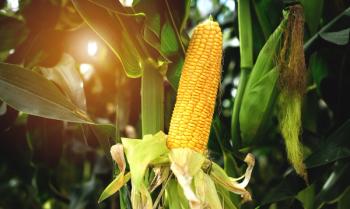
Researchers at INIAV in Portugal have demonstrated that near-infrared (NIR) spectroscopy combined with chemometric algorithms offers a rapid, non-destructive, and accurate method for detecting harmful fumonisins in maize, enhancing food safety monitoring.
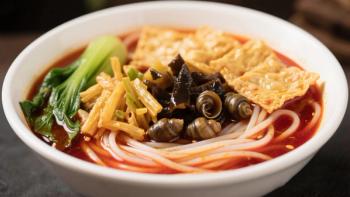
Researchers at China Agricultural University developed a rapid and accurate spectroscopic method using NIR and FT-IR combined with PLS regression to measure protein content in rice noodles, enhancing quality control for the popular river snail rice noodle (luosifen) industry.

This study presents a new system that enables the precise detection of glucose, choline, and lactate without traditional labels or antibodies.
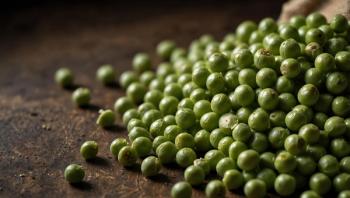
Researchers from China Agricultural University introduce PeaNet, promising rapid, accurate, and nondestructive protein analysis.

Researchers at the University of Belgrade have demonstrated that combining Raman and FT-IR spectroscopy with machine learning algorithms offers a highly accurate, non-destructive method for identifying seed varieties in lettuce, paprika, and tomato.
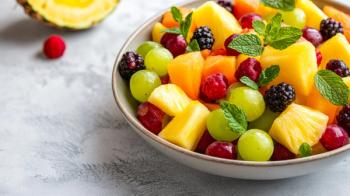
Researchers from Guangdong Polytechnic Normal University highlight how combining Raman spectroscopy with machine learning enables rapid, non-destructive, and highly accurate analysis of fruit quality, offering transformative potential for food safety and agricultural diagnostics.
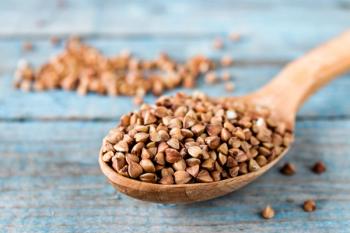
Published in Food Chemistry, researchers from Jiangsu University of Science and Technology and Jimei University use near-infrared (NIR) spectroscopy and machine learning to tackle food adulteration and enhance quality control.
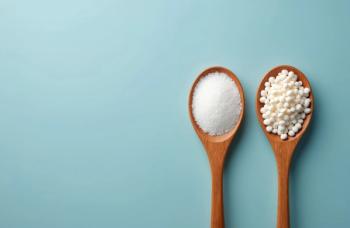
Researchers at Heilongjiang University have developed a rapid and accurate method for detecting sweeteners in food using Raman spectroscopy combined with a Random Forest machine learning algorithm, offering a powerful tool for improving food safety.

Researchers from institutions in Brazil harness near-infrared spectroscopy and machine learning to determine cocoa content with precision.

